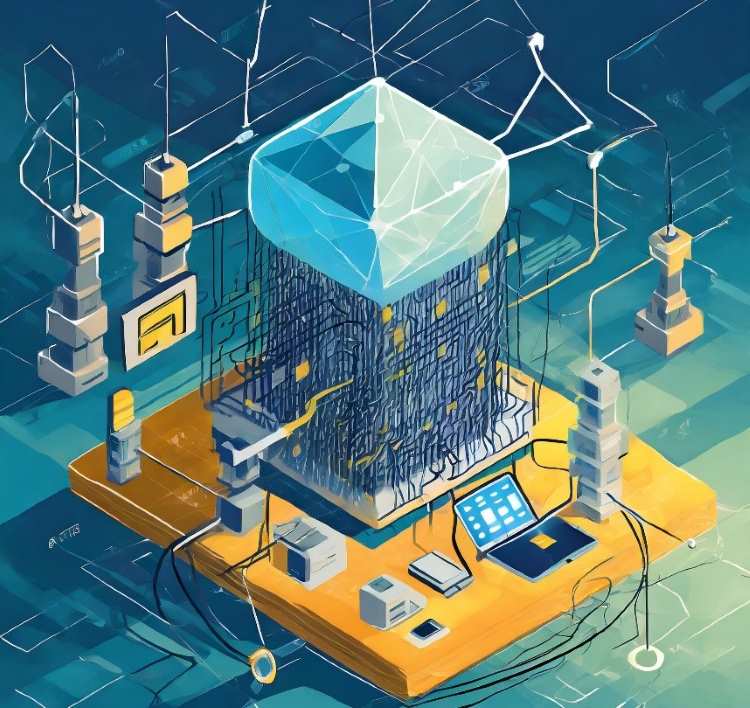Kushagra Agrawal
The complex tapestry of the global food system encompasses a vast network of elements, including the environment, people, processes, and institutions. At its core lies industrial supply, a linchpin ensuring the provisioning of food and fostering access to healthy options. This critical component, however, grapples with an array of challenges, spanning safety concerns, affordability issues, and the possibility of shortages and waste [1].
Instances such as the mislabelling and sale of horse meat as beef in Europe have underscored the pressing need for transparency and reliability within food supply chains [2]. To address this, innovative solutions like blockchain technology have gained traction, offering a promising avenue for enhancing transparency [3]. Simultaneously, the escalating prices of food, exemplified by a 17.4% rise in the UK in 2023 [4], pose a formidable barrier to the accessibility of healthy options, particularly for low-income communities, thereby exacerbating prevailing health inequalities. The challenges further manifest in food shortages that disrupt societies and trade, evident in empty supermarket shelves and the disturbing prevalence of food waste, indicative of a lack of coordination in the manufacturing and distribution processes.
In response to these challenges, the principles of Industry 4.0 emerge as a beacon of hope, emphasizing information transparency and interconnection. At the forefront of this paradigm is the Industrial Internet of Things (IIoT), a concept envisioning a network of connected devices and services facilitating seamless data exchange and coordination. IIoT, with its dynamic inventory management, quality control, and predictive maintenance to minimize machine downtime, holds promise in addressing disruptions within supply chains [2].
The centrality of IIoT to the Industry 4.0 framework becomes apparent in its definition—a system comprising networked smart objects, cyber-physical assets, and associated information technologies. While the potential of IIoT spans diverse sectors, including manufacturing and healthcare, its integration into the food industry poses unique challenges. The intricate and interconnected nature of food supply chains demands real-time monitoring and data-driven decision-making, finding applications in climate control, food waste reduction, and cold chain management.
Relying on a curated selection of literature addressing contemporary challenges in the realm of the Industrial Internet of Things (IIoT), the researchers pinpoint the intricacies of implementing IIoT platforms. To bolster the research’s relevance, they synthesize evidence specific to the technological requirements of the manufacturing industry. Following this, a meticulous requirements analysis is conducted using the Quality Function Deployment (QFD) method, while leveraging the industry 4.0 learning factory for requirements specifications. The illustrative example of the Microsoft Azure IoT platform is then presented, shedding light on its functionalities, and serving as a tangible case for distilling essential design considerations [3].
Primary and secondary data on industry needs are gathered from two prominent food manufacturers. The qualitative data collected are summarized, highlighting key industry needs pertaining to traceability and supply chain visibility. These insights form the basis for the final list of industry requirements. The Microsoft Azure IoT platform, is a leading IIoT platform, is introduced as an exemplar. This cloud-based solution facilitates two-way communication between applications and devices, showcasing functionalities such as Azure IoT Central and Azure IoT Edge. These features, including predictive maintenance through Azure Machine Learning, are viable to underscore the platform’s capabilities.
The Quality Function Deployment (QFD) methodology is usually employed to bridge the gap between industry demands and IIoT platform capabilities. This well-established engineering technique evaluates various IIoT platform functionalities against industry demands, particularly focusing on product traceability and supply chain visibility. The chosen exemplar, the Azure IoT platform, serves as a tangible case for distilling design considerations, with the QFD House of Quality utilized for this purpose [3].
The impact of Quality Function Deployment (QFD) analysis is typically presented, centered around IIoT platform functionalities based on Azure IoT. The identified functionalities encompass crucial aspects such as device management, device connectivity, edge computing, security and device identity management, data storage and processing, monitoring and logging, machine learning integration, business system integration, availability and recovery, and scalability. These functionalities play a pivotal role in shaping the effective implementation of IIoT platforms, particularly in the context of Industry 4.0.
The QFD analysis is informed by seven customer requirements derived from qualitative data analysis, rated on a scale of 1 to 5 for importance. Four of these requirements are deemed highly important, being non-negotiable within the industry, while the remaining three, due to their specific technological characteristics, are rated as of medium importance. The percentage ratings for customer importance are derived from these scores, providing insights into the prioritization of functionalities. The QFD matrix offers a visual representation of the correlation between different functionalities, with positive and negative correlations indicating how functionalities complement or conflict with each other [3].
The analysis of the QFD matrix is detailed, with individual rows of the house providing reasoning for scores in selected cells. Notably, functionalities such as device connectivity, data storage and processing, monitoring, and logging, and availability and recovery emerge as critical for real-time supply chain visibility, product tracking, and genealogy. Business system integration proves crucial for avoiding data silos and fostering unified data analysis [2].
Integrating with Manufacturing Execution Systems (MES) directly aligns with business system integration. The use of sensor technologies is supported by various IIoT platform functionalities, with data storage and processing being essential for leveraging sensor-generated data. Edge computing emerges as a factor mitigating implementation costs, enabling less computationally powerful IIoT devices. Similarly, low implementation complexity is facilitated by a scalable IIoT platform architecture, easing implementation across diverse systems without significant architectural changes when scaled up [3].
As we traverse this landscape, the future beckons with promise and challenges. The ongoing evolution of the global food system, coupled with the relentless march of technology, will necessitate continual adaptation and innovation. The trajectory points toward a future where IIoT, grounded in Industry 4.0 principles, plays a pivotal role in reshaping the dynamics of food supply chains. The principles of transparency, interconnection, and real-time decision-making, underscored by the capabilities of IIoT platforms, hold the key to addressing the multifaceted challenges that characterize the food industry. The path forward involves a concerted effort in addressing the unique challenges posed by the food industry’s intricacies. From the adoption of blockchain technology for enhanced transparency to the careful consideration of data privacy concerns, the roadmap to a robust and resilient food supply chain is complex but achievable. The integration of IIoT platforms, as demonstrated by the Azure IoT example, offers a blueprint for effective implementation, bringing together diverse functionalities to meet the industry’s specific needs.
In conclusion, the journey towards a future-proof and efficient food supply chain is an ongoing narrative. The fusion of technology, industry insights, and a commitment to addressing societal challenges will shape the trajectory of this narrative. As we stand at the intersection of the global food system and Industry 4.0, the potential for transformative change is immense. It is a future where technology not only addresses the challenges but becomes an integral part of the solution, fostering a resilient, transparent, and sustainable food ecosystem for generations to come. The story unfolds, and the narrative of innovation and adaptation continues in the dynamic landscape of the food industry.
Author’s Details & References
Kushagra Agrawal is a computer science scholar at School of Computer Engineering, KIIT Deemed to be University, Bhubaneswar, India
Linkedin : https://www.linkedin.com/in/kushagra-agrawal-51a3121ab/
Corresponding author email:
kush4409@gmail.com
References
[1] High-Level Panel of Experts on Food Security and Nutrition. (2014). “Food Losses and Waste in the Context of Sustainable Food Systems,” Rome.
[2] Mantravadi, Soujanya. (2023). “Empowering the Food Industry Through IIoT Platforms: Takeaways for IT/OT Integration in Industry 4.0,” 122-129. doi: 10.1049/icp.2023.1743.
[3] S. Menon and K. Jain. (2021). “Blockchain Technology for Transparency in Agri-Food Supply Chain: Use Cases, Limitations, and Future Directions,” IEEE Trans Eng Manag.
[4] Office for National Statistics. (2023). “Cost of Living Insights: Food,” Aug. 11.


